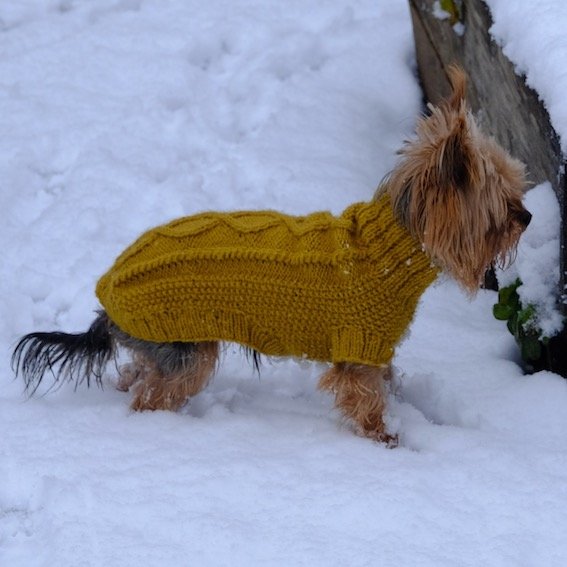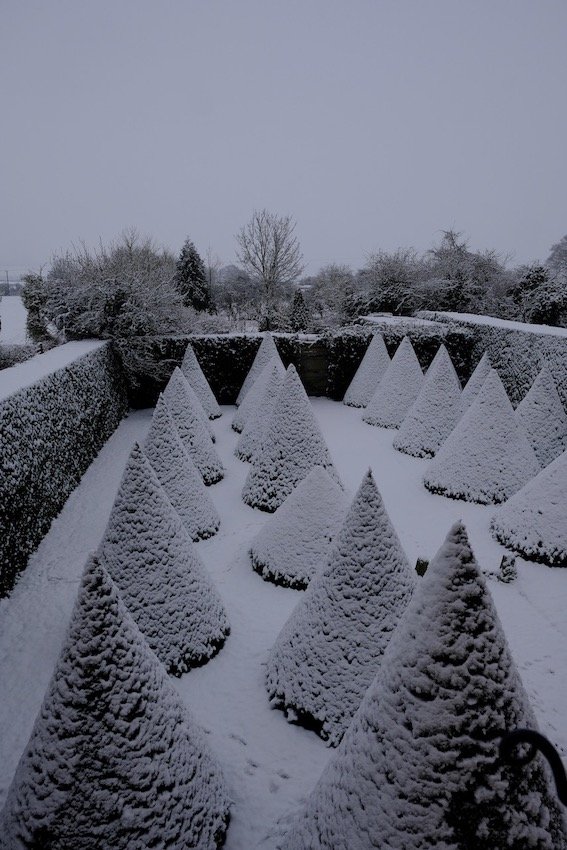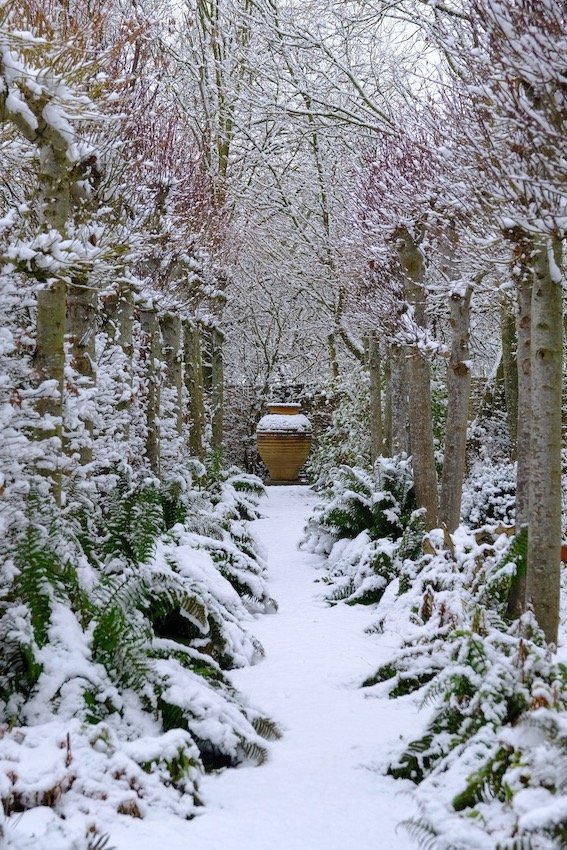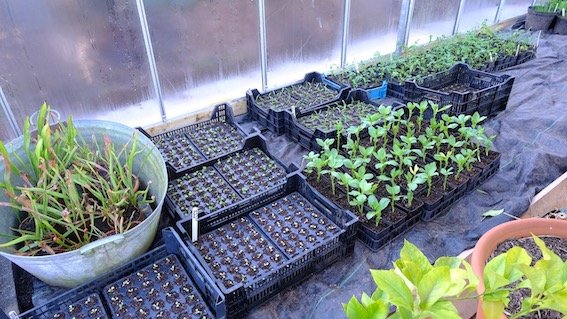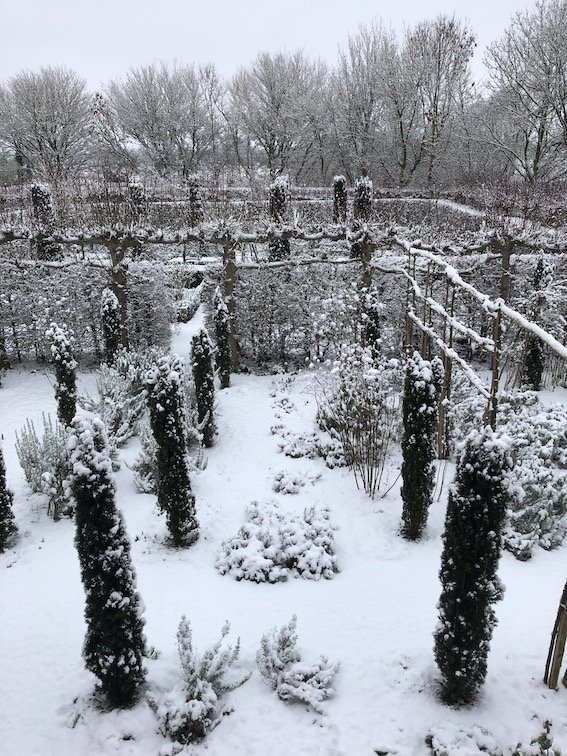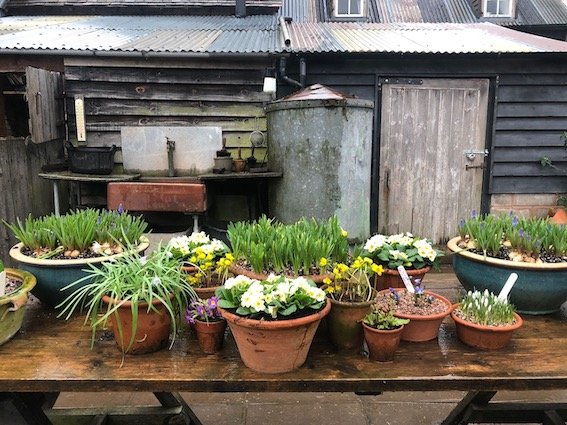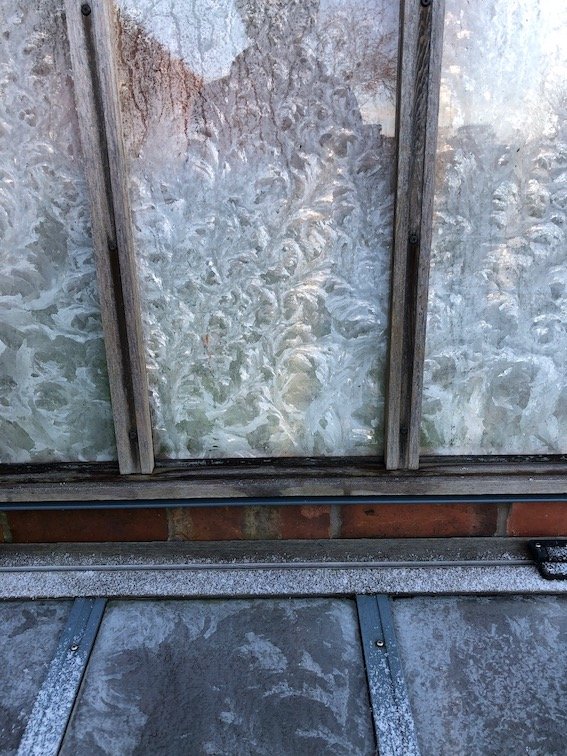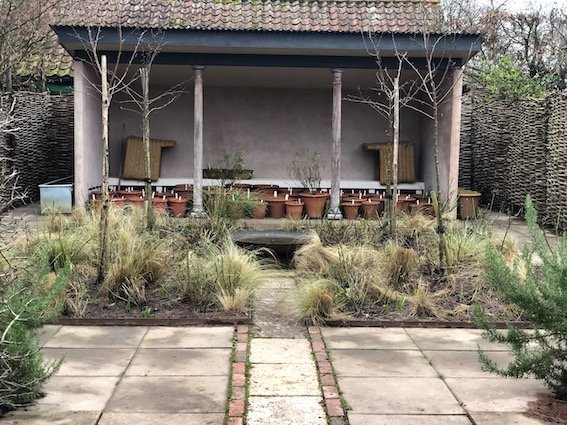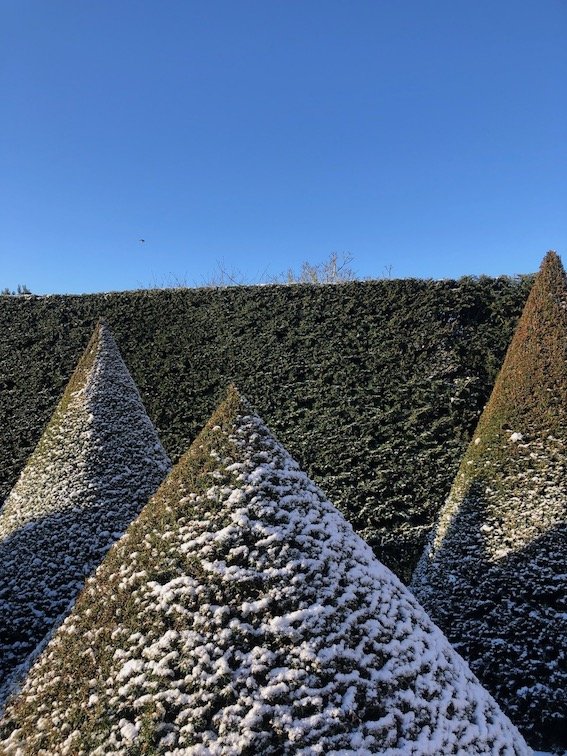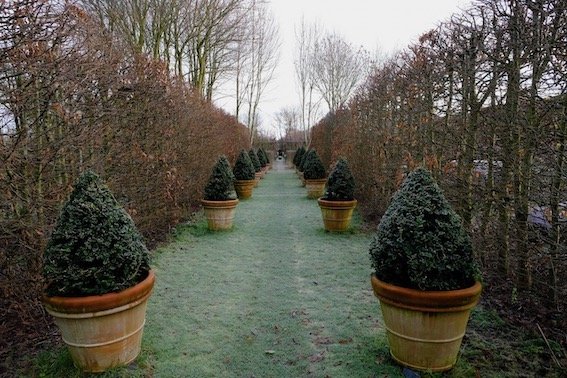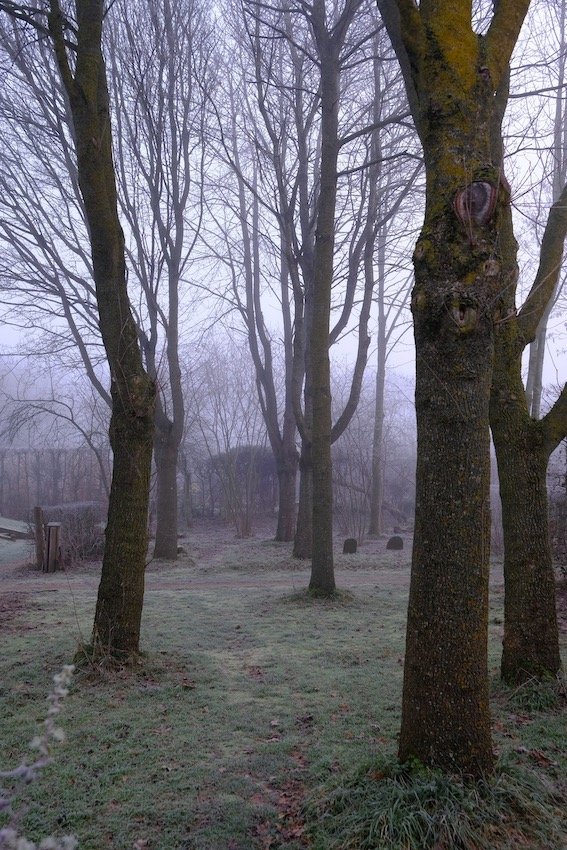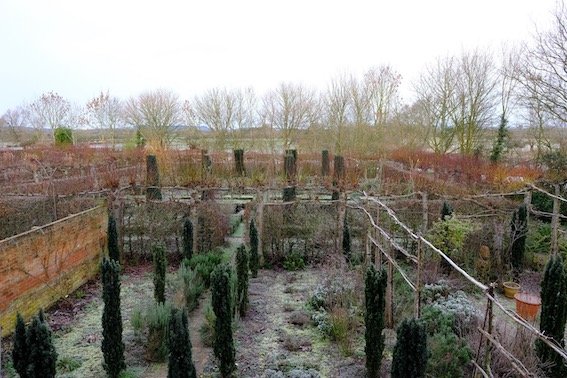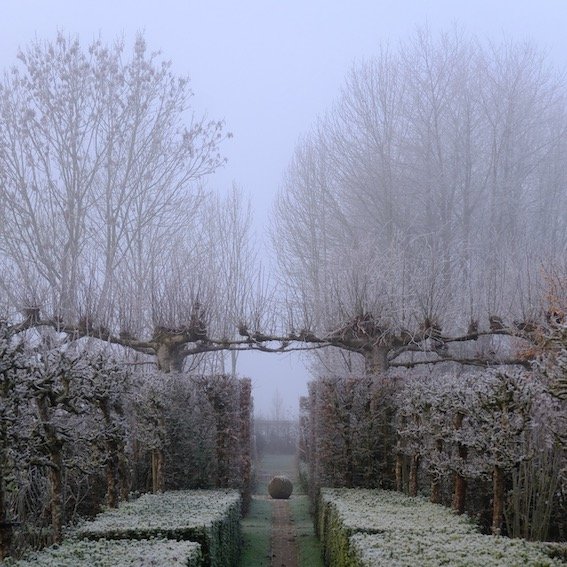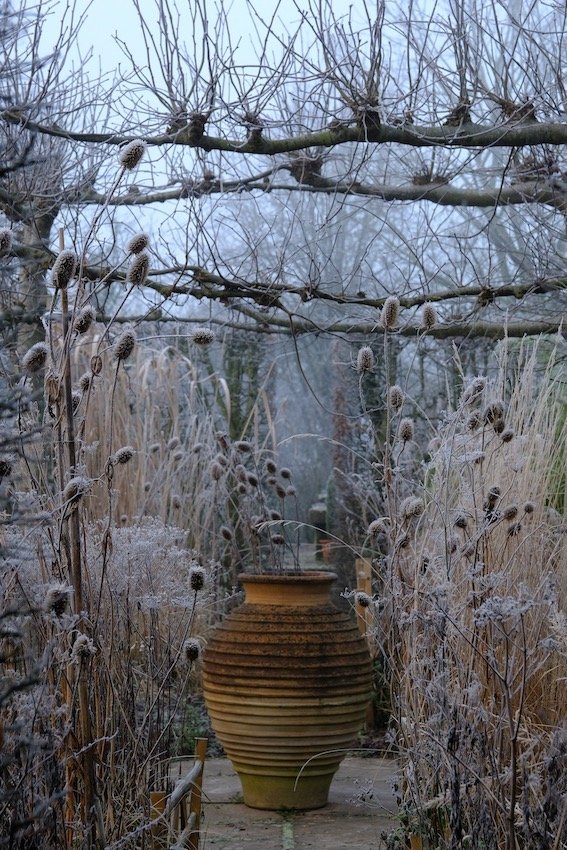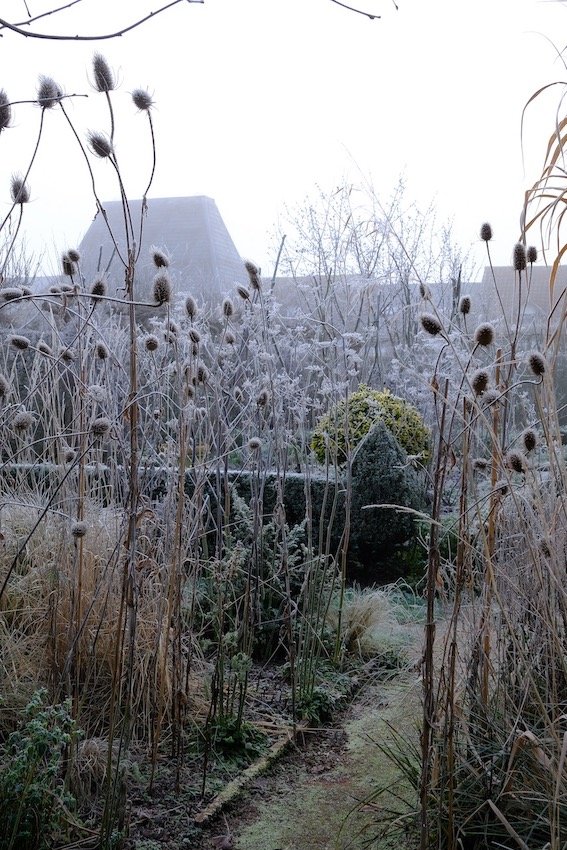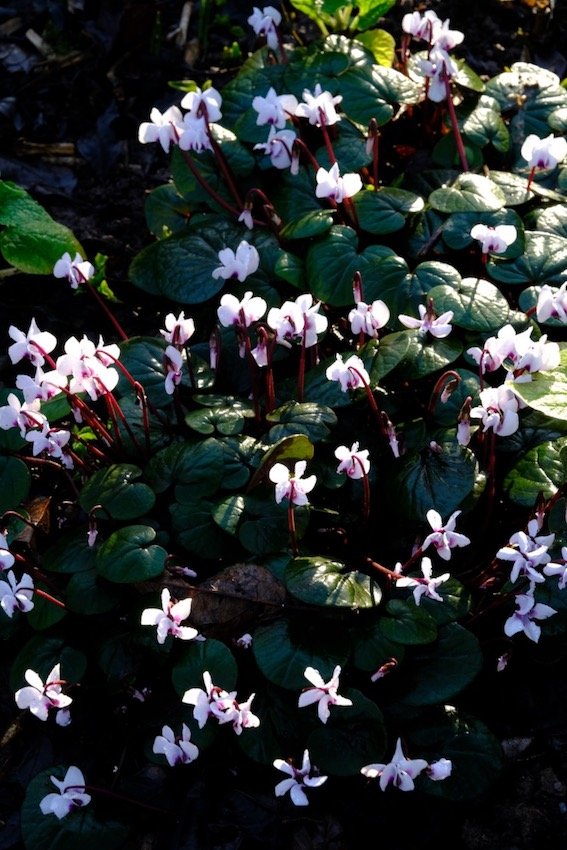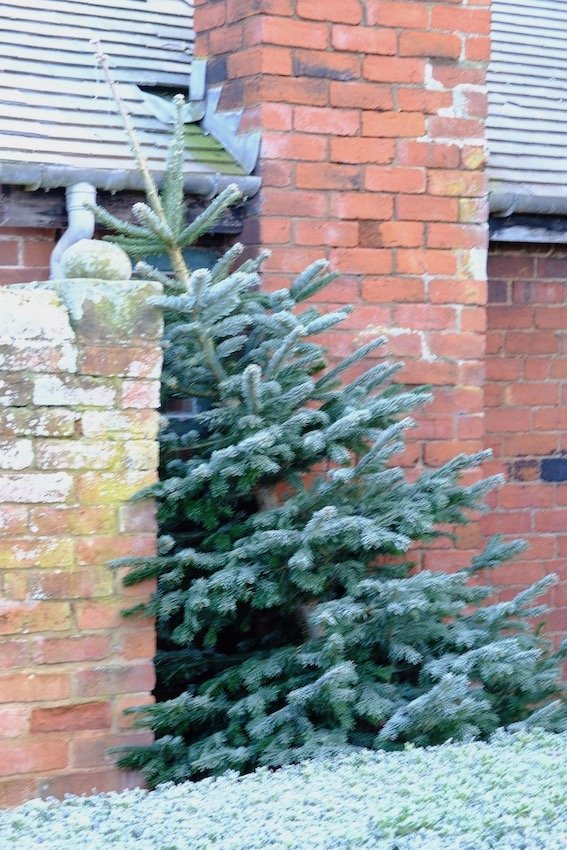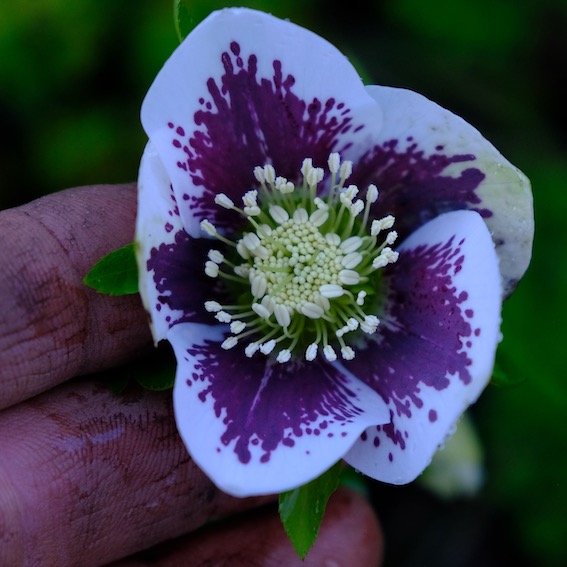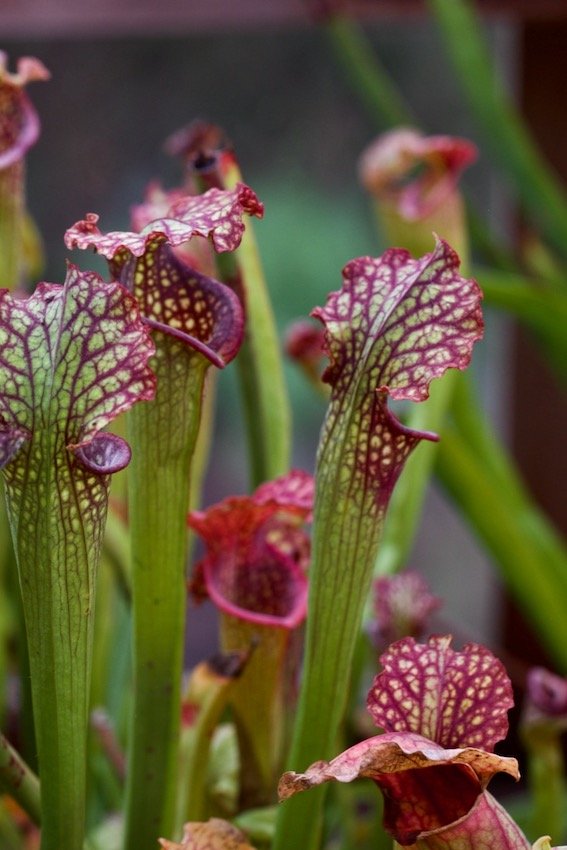January 2022
Happy New Year - and let's hope that 2022 is better for all of us than 2021 which was a tough one for all of us.
But whatever the year - and this is my 67th new year so I am getting quite experienced at them - I greet January with a mixture of relief and hope. Hope of course for all the possibilities ahead but profound relief that December and all the grim, dark greyness of a north European midwinter is now gone.
January slips into my garden bearing gifts. As the days lengthen – albeit minute by minute at first – everything suddenly seems possible.
Birdsong at dawn is gradually getting louder and fuller as the males start to seek out territory and there is a palpable sense of the year flexing its muscles and starting to move away from winter and towards spring.
This is not to say that there will be snow, ice, flood, storm and that special dank greyness of a British winter, but there is light on the horizon. There is hope.
Whereas we close up shop for weeks at a time in December, hunkering down and letting the garden coast through the worst of the days, January is filled with renewed purpose. There are jobs to be done. We try and mulch, prune, and plant whenever conditions allow and if they do not then there are seeds to be sown as well as pots to be washed and labels to be scrubbed so they can be recycled. As well as these regular horticultural tasks we also try and get bigger, one-off jobs tackled like laying paths or putting in new stand pipes.
Monty Don’s Adriatic Gardens
Despite the restrictions of the pandemic I did manage to make three trips to the Adriatic in the summer of 2021 to film my latest series 'Monty Don's Adriatic Gardens' which begins on Friday 7th on BBC2 and repeats for the following two weeks and will be available on iPlayer.
This journey begins in Venice, and continues round to Trieste, down the Croatian coast, on to Corfu then mainland Greece and finishing on the small island of Hydra where I have been making a garden with friends for the past 5 years.
Not only was it a joy to visit so many beautiful - and often hidden - gardens in this lovely part of the world but it was also fascinating for the people, history and astonishing landscape. I do hope you enjoy it.
The Vegetable Garden
The spring salad crops are sown in the first week of January. I always use organic seed where possible. These will include rocket, mizuna, Little Gem and Tom Thumb lettuce and curly endive. This feels like a positive, creative way to start the year. It might be hard frost outside but I sow these into seed trays or plugs using peat-free compost and put them to germinate on a heated mat in the greenhouse.
None of these plants will ever go outside but will be planted into soil in the big greenhouse at the beginning of February and harvested from Mid march through to Mid may when they will be cleared to make room for tomatoes, peppers, basil and aubergines.
If you do not have a greenhouse or tunnel then wait a while before sowing seed. I have learnt the painful way that being too soon with seed sowing is usually more likely to lead to problems than being too late.
Seeds or plants put into cold ground will not germinate or grow and even if they do, can often remain static for weeks, especially in an exposed garden, during which time they are prey to any hungry slug, mouse or bird. A healthy plant will always catch up if put in a little late, which is why at the beginning of the year I put most of my energies into raising really strong seedlings under cover, hardening them off slowly, so that each one is thoroughly ready. This is certainly the best way to deal with most pests and diseases.
And while I am busily building up stocks of indoor seedlings ready for spring, Snowdrops, aconites, hellebores, catkins and most gloriously of all, the early irises are all coming into flower. The garden is coming alive again - and so am I.
January Jobs
Planting a Christmas Tree
If you have a Christmas tree with roots intending to plant it outside it is doubly important to keep it moist and cool. If the needles start to drop it is a sure sign that it is too hot or dry and probably both. Take it outside and leave it there otherwise it will never recover in the garden.
When choosing a position for it bear in mind that what you have inside your house is a tiny baby. Norway Spruces are are europe’s tallest native tree reaching over 200ft tall when fully grown. Nordman Firs will grow even bigger.
Both trees prefer rather acidic, moist conditions so if you are gardening on chalk or limestone I would not bother to attempt to grow them outside. They will never be happy. Better to treat them like a bunch of flowers: enjoy it, keep it watered and then recycle wither by shredding yourself or taking it to the council to recycle.
Winter Pruning of Fruit Trees
This is always my big January job and if nothing else this is something I like to have finished by the end of the month.
Try to understand how something grows before pruning. Does it flower on new or old wood? Does it grow new shoots in a great post flowering burst or do they steadily emerge over the season? Does a fruit tree need to achieve a certain maturity to create spurs that bear fruit or will they be produced in the first year of growth? Does the plant heal well or is it , like cherries and plums, a bleeder - and if so when does it produce least sap? If in doubt about any of this - don’t cut. Wait. You will never do harm by not pruning and patience in a garden is a great virtue.
if you prune an apple tree hard each winter it will make a mass of new growth but no flowers – and therefore no fruit. This cycle is often perpetuated by even harder pruning the following year – to get rid of all that new, fruitless growth, which, having lots of lovely succulent sap, will attract aphids and fungal disease. So through over-zealous and mistimed pruning people often ruin their fruit trees.
If you wish to curtail growth you leave the pruning to summer - July is ideal - when the foliage is fully grown and before the roots start to store food for winter. Do not prune plums, apricots, peaches or cherries (these should be pruned in late Spring and only if absolutely necessary).
Apples and Pears
The idea is to produce a tree that has plenty of light and air reaching the centre. I do this by imagining a pigeon flying straight at the tree and pruning it so it can fly right through it from any angle. In principle you are trying to make a goblet-shape or a cupped hand with the fingers making the branches around the empty palm.
Start by removing any crossing or rubbing branches. Cut back any overlong or straggly branches to a bud to promote vigorous multi-stemmed regrowth. Keep standing back and reviewing the shape so that it both looks handsome and retains a strong, open structure.
Always use very sharp secateurs, loppers and saws and never strain - always use an implement that is working well within its capacity. That way you retain control and risk least damage to the tree - and yourself.
Traditional advice was to paint any large wounds made by pruning but current thinking is that this does more harm than good as it seals in moisture and disease. By far the best course is to leave a clean cut and let heal over itself.
Trained Fruit (cordons, espaliers, fans)
You must be counter intuitive with these. Remember that the harder you cut, the stronger the regrowth - so cut back any weak growth in winter to encourage vigorous new shoots in spring. You must then prune again in July to restrict growth.
Pruning Soft fruit
Cut back autumn fruiting raspberries to the ground, removing all of last year’s canes. Cut away all crossing and inward growing growth from red currants and gooseberries to create an open goblet shape. Reduce remaining growth by a third to create a strong framework of branches.
I always take a few cuttings from the pruned material of Gooseberries and redcurrants because they strike very easily and it means I can constantly add new, vigorous plants to replace the older ones. Simply select a nice straight shoot and divide it into lengths between 4& 9 inches (10 & 20cm) long. Cut the top of each section at an angle and the bottom straight so that you remember which way up they should be.
Place the cuttings around the edge of a pot filled with a gritty compost mix, burying them deeply so that only an inch or so is above the surface. Water them and put them in a sheltered place. They will not need any extra heat or protection and will take a few months to show signs of growth - which will be the indication that roots have formed. They will be ready to pot into individual pots by mid summer and to plant out next winter.
Mulching
The best time to put down a mulch is whenever you get round to do it, because the pros of a good organic mulch - which are weed suppression, moisture retention and improved soil structure and fertility - always outweigh any cons such as suppressing ‘little treasure’ seedlings. However, we do try and mulch all our borders in January because this gives time in autumn for the borders to die back gracefully and allow birds to eat all seeds and berries but is early enough not to suppress the growth of bulbs such as alliums and tulips that start to appear by the end of February. Whenever you mulch the same rules apply: use a well-rotted organic material such as mushroom compost, garden compost or bark chips (we use pine bark on the grass borders for a little extra acidity) and be generous with it. Spread the mulch around all existing plants at least 2 inches thick and twice that is twice as good. In principle the thicker the mulch is the better it will do its work so it is more effective to mulch half the garden every other year well than all of it annually but inadequately.
Onion Sets and Seeds
The advantage of growing onions by seed is that there are so many varieties to choose from. However it is much easier - and more common - to grow them from sets, which are small bulbs. If the ground is dry enough these can be planted now about 9 inches apart in rows with the tips sticking out of the soil. However if it is too wet I suggest planting a batch in plugs in ordinary peat-free compost and protecting them in a greenhouse or cool windowsill where they will establish shoots and roots. Harden them off for at least a week outside before planting out when the soil is dry enough for them.
Sowing Chillies
Chilies are always the first seeds that I sow in the new year. They can be slow to germinate and certainly need some heat, either on a heated bench or on a windowsill above a radiator. Because of this I tend to sow them in seed trays rather than plugs and then transplant them to plugs as soon as the seedlings develop true leaves, potting them on again in March and then to their final terracotta pots in May.
The secret of successful chilli growing - other than plenty of light and heat - is to allow each plant as much time and opportunity to become big and bushy, feeding it weekly with a high nitrogen fertiliser (I use home-made liquid nettle feed) until the first flower buds start to appear in June and then switching to a high potash feed (liquid seaweed or homemade comfrey feed are both ideal) to stimulate as many flowers and subsequent fruits as possible on what by now should be a large plant.
Chilies need plenty of water but hate being waterlogged, so use a free-draining compost and never to water them after 5pm to avoid the risk of them sitting overnight in soggy compost.
Garden Compost
One of the fall-outs of Christmas is the enormous amount of paper that it generates. But all the wrapping, packaging and cardboard can go on the compost heap. At this time of year there can a shortage of ‘green’ or nitrogen-rich material such as mown grass to leaven the carbon-rich material like cardboard and paper, but it all rots down and will end up as part of the mix over the coming months.
It is important to turn your compost, even in the coldest weather (and it is a good job to warm yourself on a frosty day). Even though we think of the process of turning and making compost as heating it up in fact the important thing to do is to add oxygen and this stimulates bacteria to digest the material, be it kitchen waste or Christmas packaging, which in turn generates heat, even in mid winter.
At this time of year I also like to spread a layer of finished compost on any vegetable beds that are not carrying a crop so it can be worked into the soil by worms and weather, ready for sowing and planting in a few months time. Finally a January job is to sieve compost and bag it up ready to add to potting compost ready for the flurry of sowing in spring.
Potting Compost
The first thing is to avoid peat. This is not because peat itself is a bad growing medium - it is cheap, reliable and consistent. But none of this justifies the loss of peat bogs caused by extraction for horticultural use. We are using peat at around 200 times the speed that it can reform and over 95% of British peat bogs, which are essential for a whole range of birds and plants, have been lost this century.
On top of that extracting peat for horticultural use releases huge amounts of carbon into the atmosphere, increasing global warming. Extracting peat is every bit as damaging to the climate as cutting down the rain forest but much harder to renew. It is an ecological and environmental disaster. It cannot ever be justified.
However there are good alternatives. Coir is very effective especially if mixed with home-made garden compost and/or leafmould. Composted bark works very well in most cases. Composted bracken makes an excellent ericaceous alternative, as does composted pine needles. All are widely available.
You can try and make your potting compost as good as possible by mixing in extra goodness and improving the drainage and ease of root development. I start with a measure of my own garden soil. This should always come from your own garden as it will have its own specific ecosystem. Also keep a supply of well-sieved garden compost in a bag and add a shovel or two to each mix. Finally invest in some bags of horticultural grit and add this liberally to ensure good drainage and a free root-run fro the growing plants.
There will be a few weeds that appear but they are very easy to remove. Most importantly your plants will be healthy and specifically adapted for your soil from the first day.
It is important to always use fresh potting compost for every new planting as even though used compost might look perfectly good, most if not all of the nutrients will have been used up. Recycle the used compost by spreading it on a border or your compost heap.
Gooseberry Cuttings
Few plants are as easy to propagate as gooseberries. Simply select a nice straight shoot and divide it into lengths between 4 9 inches long. A good tip is to cut the top of each section at an angle and the bottom straight so that you remember which way up they should be. Place the cuttings around the edge of a pot filled with a gritty compost mix, burying them so that only an inch or so is above the surface. Water them and put them in a sheltered place. They will not need any extra heat or protection and will take a few months to show signs of growth - which will be the indication that roots have formed. They will be ready to pot into individual pots by mid summer and to plant out next winter.



